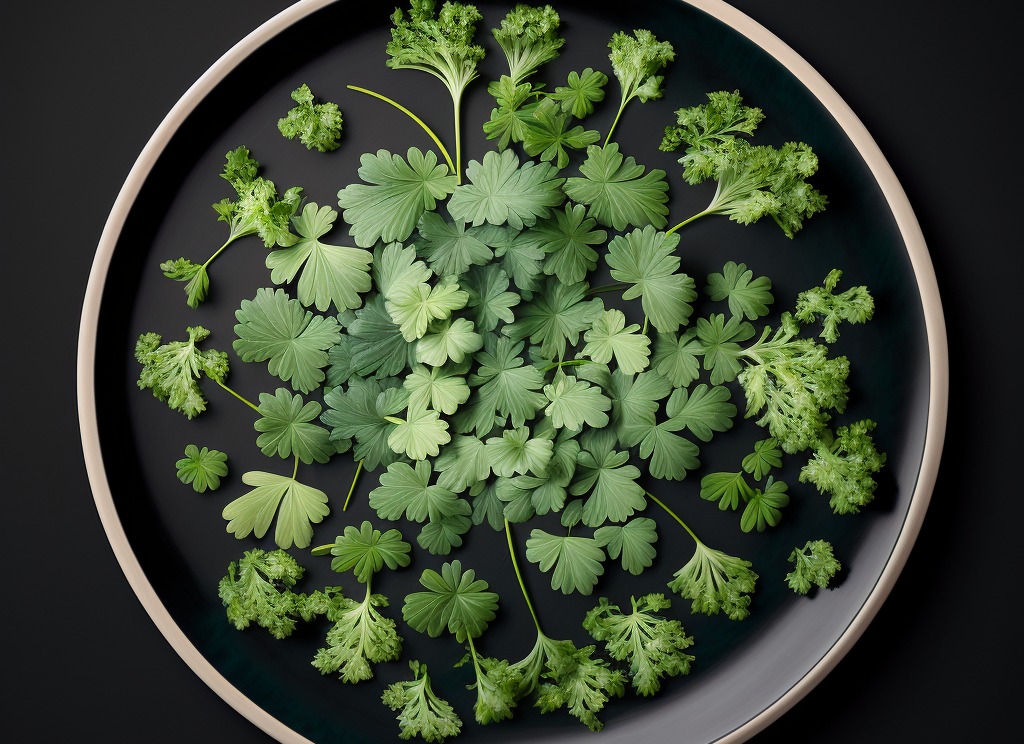Remember, the Seder plate is symbolic and is there to help us remember parts of the Pesach (Passover) story. We can, therefore, happily replace items on the Seder plate without contravening Jewish law.
Here’s how to Veganise your Seder plate:
Maror (Bitter Herb): Use horseradish, which is already vegan, and symbolizes the bitterness of slavery.
Charoset (Sweet Mixture): Make a blend of chopped apples, walnuts, sweet red wine, and cinnamon, representing the mortar used by the Hebrew slaves to build structures in Egypt. This is already usually vegan.
Karpas (Green Vegetable): Use parsley, celery, or another green vegetable, which represents the freshness of spring. Yet another Seder plate item that is naturally vegan.
Chazeret (Second Bitter Herb): People use romaine lettuce (alternatives are available) to represent additional bitterness.
Beitzah (Egg): Substitute with a roasted or boiled potato, an avocado, or a small dish of silken tofu (for Sephardim) to represent the cycle of life. These vegan alternatives should be round or oval in shape to mimic the appearance of an egg.
Zeroa (Shank Bone): Use roasted beetroot, a yam, or a vegan “bone” made from a carrot or parsnip. This item symbolizes the Paschal sacrifice.















